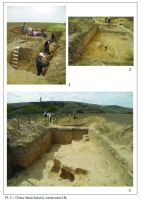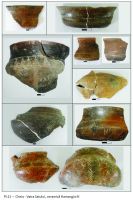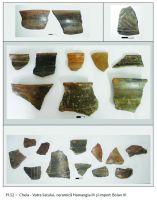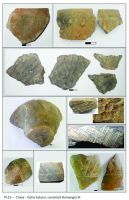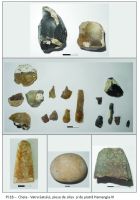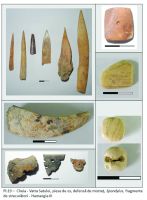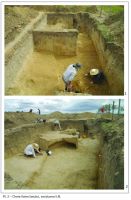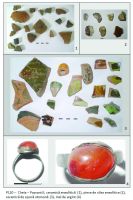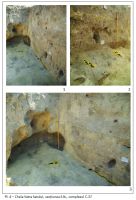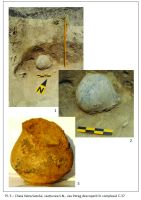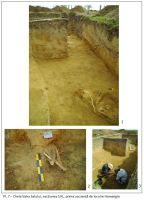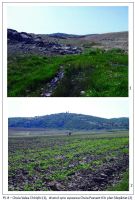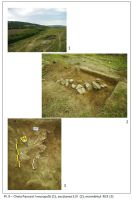Cheia | Comuna: Grădina | Judeţ: Constanţa | Punct: Pazvant II | Anul: 2017
Instituții și
Persoane implicate:
Persoane implicate:
| Nume | Prenume | Rol | Instituție |
|---|---|---|---|
| xxBălășescuxx | Adrian | participant | Institutul de Arheologie "Vasile Pârvan", Bucureşti |
| Radu | Valentin | participant | Muzeul Naţional de Istorie a României |
Raport:
Descrierea materialului faunistic Fauna nu este foarte numeroasă, doar 253 resturi, dar ea provine de la mai multe clase de animale: peşti, păsări şi mamifere (Tab. 3). Cele mai numeroase sunt fragmentele de mamifere care reprezintă 96%, acestea fiind urmate de cele de păsări (3,1%) şi peşti (0,9%). Remarcăm faptul că fauna prezintă toate caracteristicile unor deşeuri menajere şi anume o fragmentaritate cauzată de intervenţia antropică – dezarticulare şi descărnare, mai rar observându-se urme de ardere. Lista taxonilor nu este foarte lungă. S-au identificat o specie de peşte – crap, două specii de păsări – găină şi gâscă şi opt de mamifere – vită, oaie, capră, cal, câine, pisică, lup şi vulpe. Mamiferele sunt cele mai numeroase cu 243 de resturi dintre care s-au determinat taxonomic până la nivel de specie 199 (81,9%). Acestea sunt reprezentate în general mai ales de către speciile de animale domestice care cuantifică 196 de fragmente (98,5%), în timp ce vânatul este prezent doar cu două specii de carnivore (NR=3; 1,5%) (tabel 1). După cum se observă, activitatea de creştere a animalelor joacă un rol extrem de important în cadrul economiei alimentare a comunităţii de la Cheia Pazvant II. Pe primul loc se situează bovinele cu 51,3% (fig. 1), acestea fiind urmate de către ovicaprine (30,2% - fig. 2) şi cal (14,1%). Câinele (NR = 4) şi pisica (NR = 2) sunt şi ele prezente, dar având în vedere că aceste specii nu contribuie la alimentaţia comunităţii, nu vom insista asupra lor. Ceea ce este extrem de interesant este faptul că în acest eşantion faunistic nu a fost descoperit nici un rest de suin (porc sau mistreţ), ceea ce ne-ar sugera că avem de-a face cu o comunitate musulmană căreia religia îi interzice consumul acestei cărni. În acest moment al studiului, noi nu am considerat necesar să calculăm numărul minim de indivizi (NMI), deoarece analiza noastră este preliminară şi încă în desfăşurare. Acest lucru se va realiza cu ocazia publicării monografice a acestui sit. Cert este faptul că majoritatea animalelor domestice sunt de vârstă adultă şi unele dintre ele chiar mature spre bătrâne, ceea ce ne indică o exploatare mai ales pentru produsele secundare (lapte, lână, forţă de tracţiune) şi mai puţin pentru producţia de carne. Comentarii Studiul arheozoologic ne relevă că populaţia care locuia în aşezarea Cheia Pazvant II se ocupa cu creşterea animalelor, în special a bovinelor şi ovicaprinelor (oaie şi capră – Fig. 3). Porcul este absent, ceea ce ar sugera că această comunitate este musulmană. De asemenea, se creşteau păsări precum găina sau gâsca şi se consuma peşte.
Bibliografie:

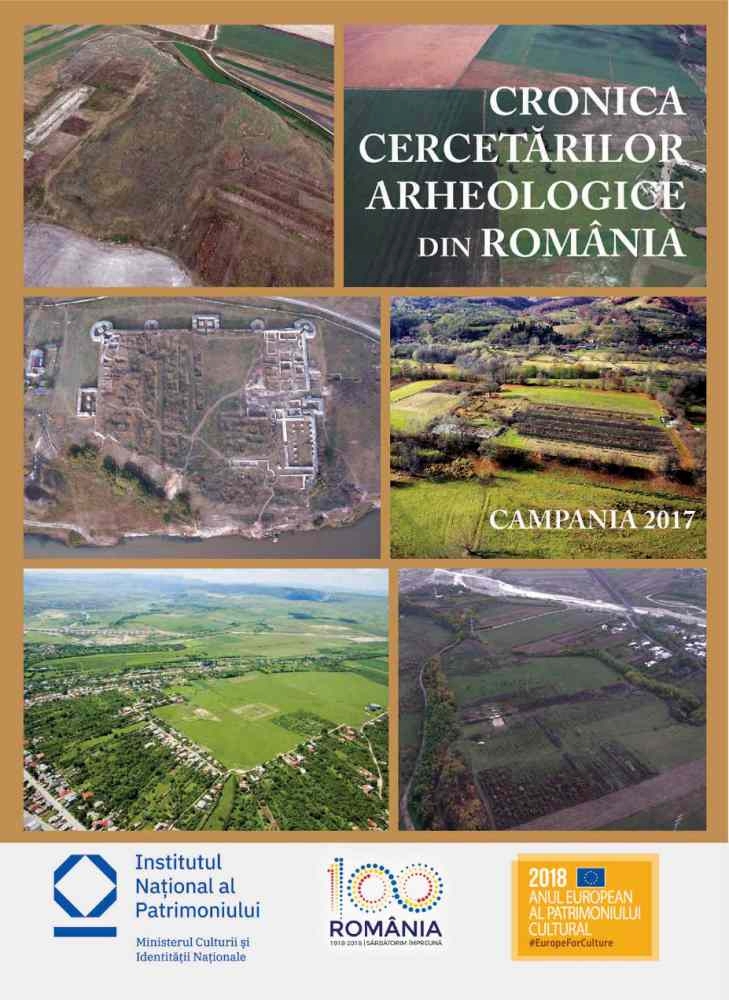

 CC BY-SA 4.0
CC BY-SA 4.0 